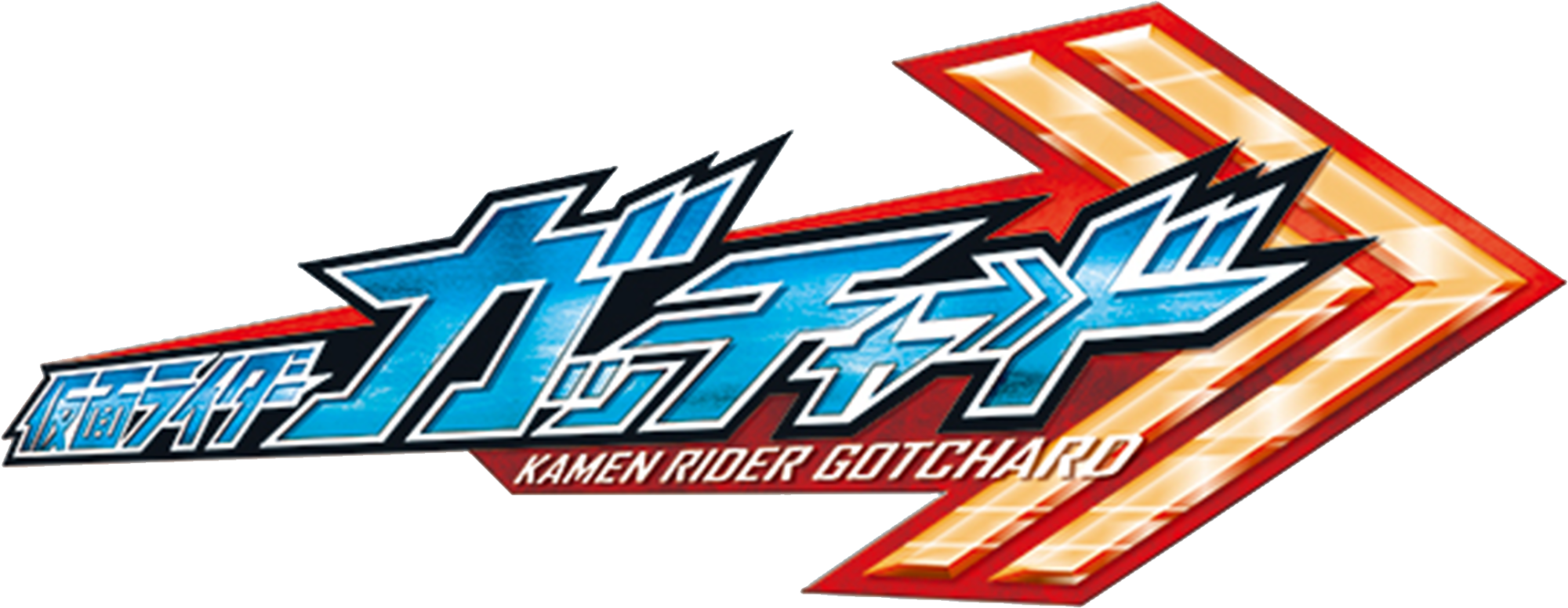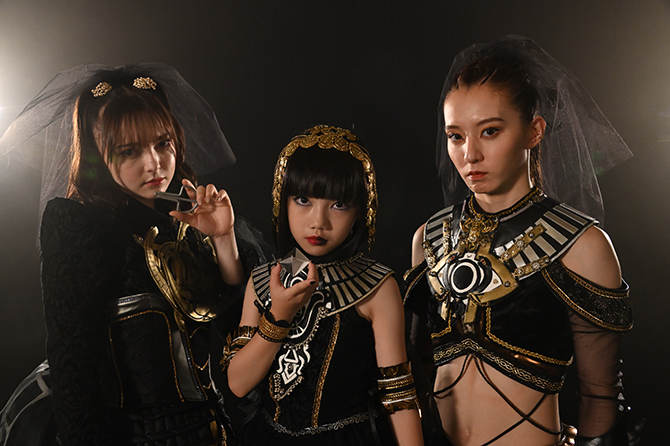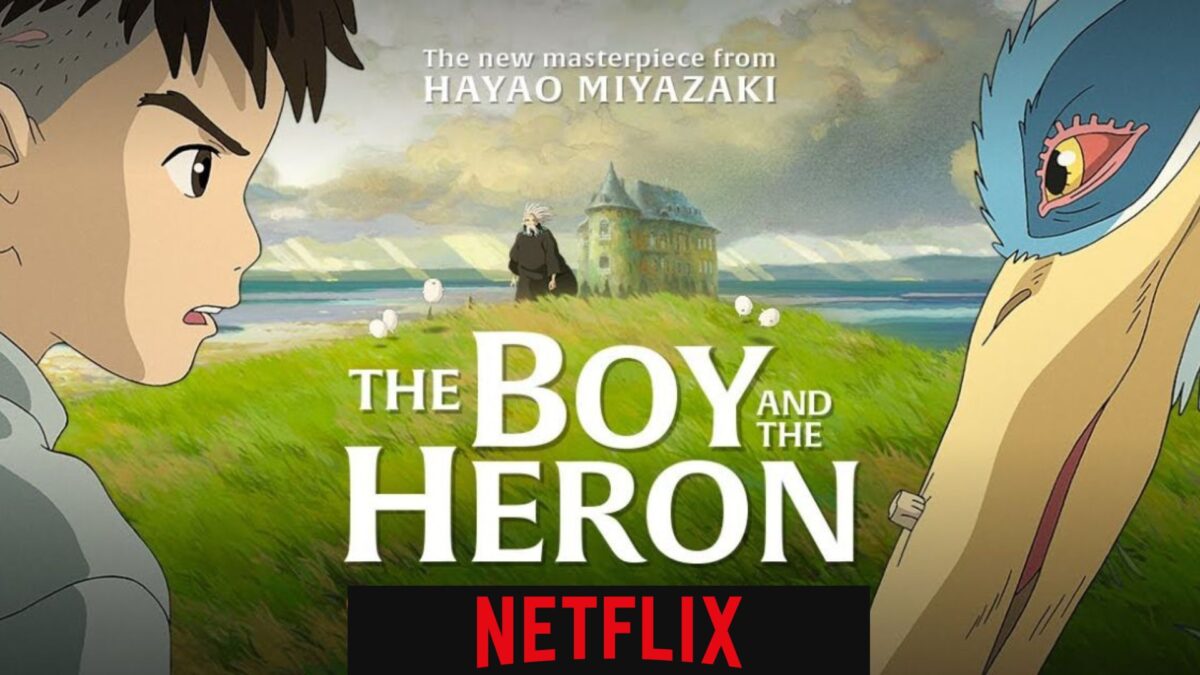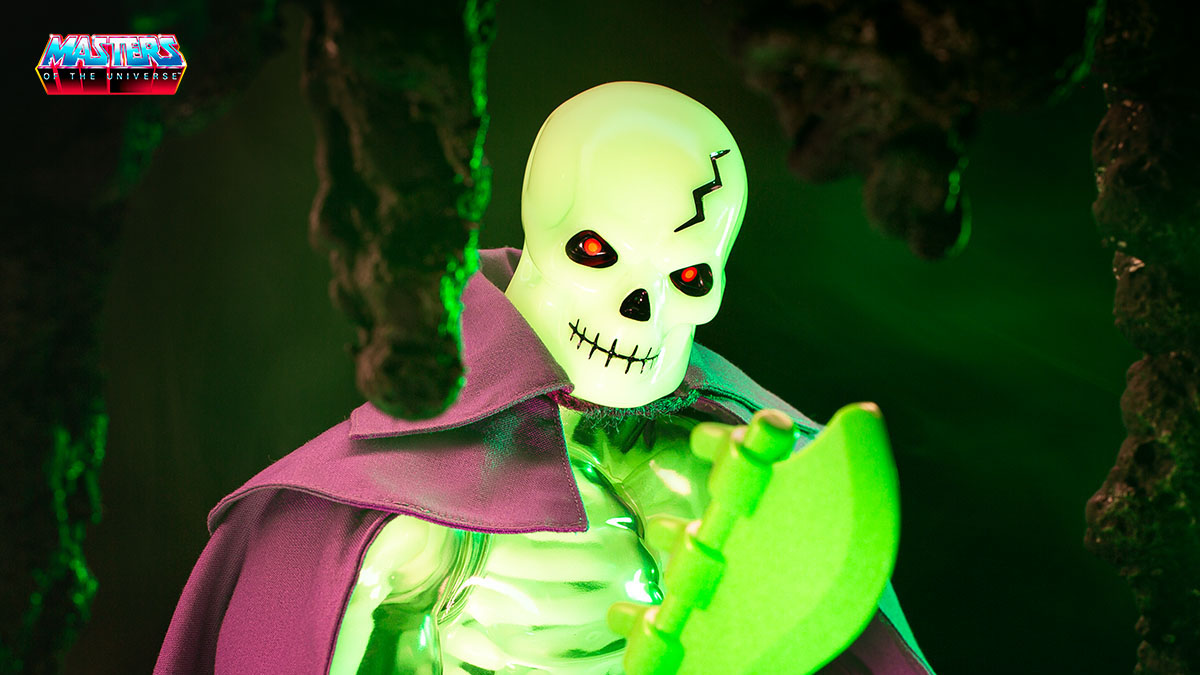The Kamen Rider Gotchard press conference gave a whole host of new information to play with and speculate on. For me, the most interesting was the reveal of our villains, who take their names from the Moirai of Greek mythology. But who were these beings and what might we learn about our villains from their stories?
Kamen Rider Gotchard Mythological Influences

In Greek mythology, the Moirai (often referred to as the Fates) were a trio of goddesses who held immense power over the destinies of both mortals and gods. They were the only beings feared by the gods, as they controlled the lives of gods just as easily as they controlled the lives of the mortals. They were immensely powerful and immune to everything.
Gotchard had better watch out.
Clotho
She is often depicted as the spinner of the thread of life, responsible for the beginning of a person’s existence. Her name, “Clotho,” is derived from the Greek word “klṓthō,” which means “spinner” or “weaver.”
Clotho is typically depicted as a young maiden or goddess, sometimes with a distaff and spindle, which she uses to spin the thread of life. She would spin this thread out of raw material, representing the potential and choices available to an individual at the moment of their birth.
Although Clotho is considered the youngest of the Moirai, she plays a crucial role in the concept of fate. Her actions at the birth of an individual set the course for their life’s journey. Clotho represents the beginning of life, the initial choices made, and the potential paths one might take. Her role symbolizes the notion that destiny is formed from the choices and circumstances encountered at the outset of existence.
RELATED: Kamen Rider Gotchard: Series, Main Rider, and Toy Line Reveal For 34th Kamen Rider Series!
This is not the first time Clotho has made an appearance in a toku show. 1992’s Kyouryuu Sentai Zyuranger features Burai (also known as DragonRanger) who was sealed in a tomb for about 170 million years. Klotho is the one who maintained his life during his long slumber. She would spin a thread of life to ensure his continued existence. In this context, Klotho’s role is inspired by her mythological depiction as the spinner of the thread of life.
This is also not the first time Clotho’s actress has appeared in the Kamen Rider franchise. Kanon Miyahara played Nozomi Takai in Kamen Rider Amazons back in 2016-2017.
In her tweet announcing her Kamen Rider Gotchard role, she refers to the Moirai as 冥黒の三姉妹 – the three 冥黒 sisters. The term 冥黒 is an interesting one to pull apart and might give us further information about the depiction of the morai. 黒 means black and is a very straightforward term. 冥appears mostly in compound words for “Hades” and “the Underworld” as well as for the planet Pluto. It will be interesting to see what context we get for 冥黒, and how translators choose to render it.

Lachesis
Her name is derived from the Greek word “láchēsis,” which means “apportioner” or “allotter.” Lachesis is responsible for measuring the length of the thread of life spun by her sister, Clotho, and determining the events and experiences that will occur during a person’s life.
Lachesis is often portrayed as a mature and serious figure, reflecting her role in determining the course of an individual’s existence. She is depicted holding a measuring rod or a staff, which symbolizes her task of measuring the life thread. Her role is to decide the fate of an individual based on their actions and choices. While Clotho represents the beginning of life and potential choices, and Atropos represents its end and inevitability, Lachesis represents the present and the experiences that shape a person’s journey.
RELATED: Kamen Rider Gotchard – Immaculate Official Trailer and Cast Reveal
Lachesis’ role embodies the idea that each person’s destiny is influenced by a combination of their own decisions and the circumstances they encounter. She is responsible for the twists and turns that life takes, as well as the challenges and triumphs that individuals experience. In this way, Lachesis reinforces the concept of fate as a complex interplay between free will and preordained destiny.

Atropos
Her name comes from the Greek word “átropos,” which means “inflexible” or “inevitable.” Atropos is often depicted as the one who cuts the thread of life, determining the moment of death for every living being.
Atropos is the oldest of the Moirai – ironic, given that she is clearly the youngest of the three sisters here. It seems that Kamen Rider is leaning into the ‘creepy child’ trope, and perhaps we are going to see Atropos as our big bad of the season.
The goddess Atropos is responsible for bringing closure to a person’s life. She symbolizes the finality and inevitability of death, underscoring the idea that all living things must come to an end. Her role is often depicted as grim, reflecting the unalterable nature of death and the cessation of life.
In visual depictions, Atropos is sometimes shown holding a pair of shears or scissors, which she uses to cut the thread of life that her sister Clotho spins and her sister Lachesis measures. This act of cutting represents the moment when an individual’s life journey concludes. Atropos’ role in Greek mythology serves as a reminder of the transitory nature of life and the concept of mortality that binds all living beings.

Together, the Moirai were believed to control the destiny of every living being, both mortal and immortal, and their power was considered inescapable. Even the gods themselves were subject to the whims of the Fates. The Moirai were often depicted as stern, unyielding figures who held the fabric of existence in their hands, emphasizing the concept of fate and the inevitability of life’s course.
Does this means that our three sisters are not villains in the truest sense, but rather impartial and morally gray women whose only real ‘evil’ is in not prioritizing the lives of mortals? Kamen Rider is certainly no stranger to gray mortality, and it would be interesting to see that play out. However, the idea of fate not being on your side and actively working against you is one that we have all been able to sympathize with from time to time and would also make an interesting storyline to follow.

What do you think about the latest from Kamen Rider Gotchard? Are we onto something here, or were Toei just looking for a trio of sister names and landed on the fates? At this point, this is all speculation and the relationship between our sisters and their Greek counterparts may well end at the name. But I am excited at the idea that we might get more interpretation of western mythologies in toku, and can’t wait to see how this pans out. Keep coming back for more Kamen Rider Gotchard and toku news! We are always watching…
KEEP READING: Kamen Rider Gotchard: 2nd Rider and Exciting New Weapons Reveal!





